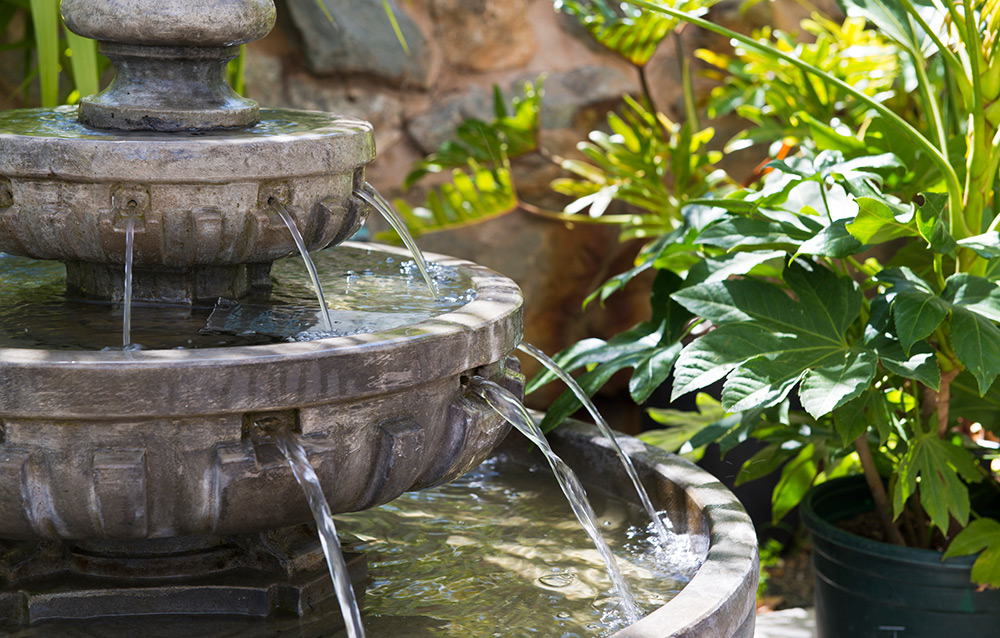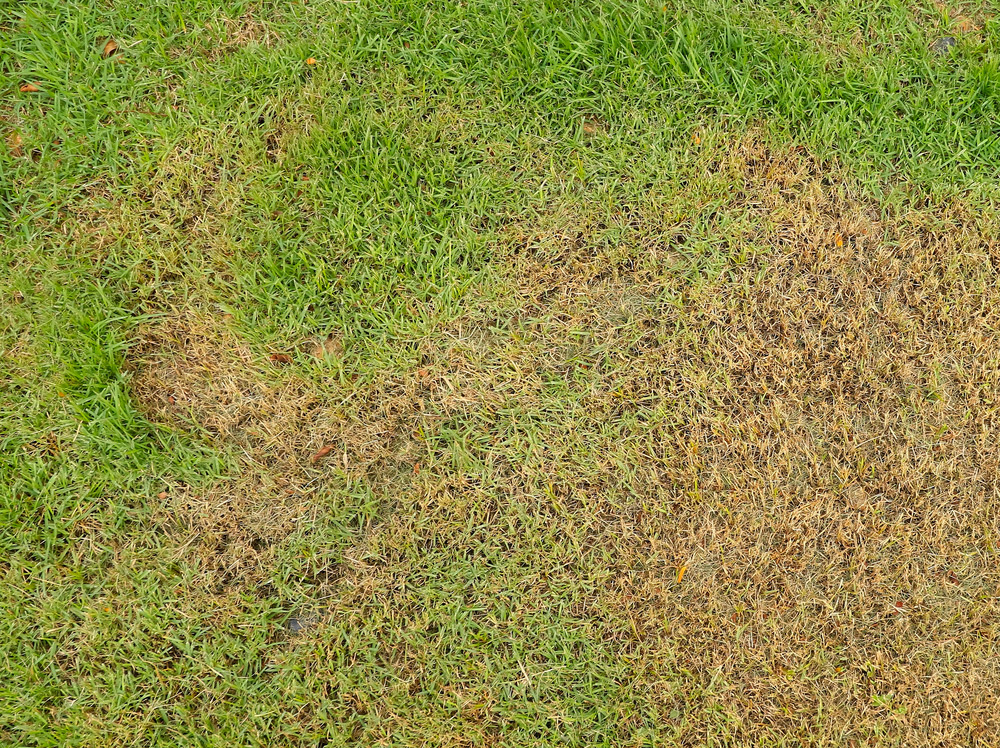Gardens in the UK have been going through several changes in the last decade. With warmer weather resulting in shorter winters, plants that prefer cooler temperatures have struggled to keep up with the rising temperatures and have been affected differently as follows:
Loss of diversity as well as a loss of certain plants

For many years, people have planted different types of flowers and plants in their gardens, but in recent times, these have been affected by extreme heat across the UK. It has resulted in a loss of diversity as well as a loss of certain plants which were once commonly used.
Difficulties maintaining water features

Water features such as ponds, koi, waterfalls, cascades and fountains can help with climate change, increasing bio diversity and giving a home to wildlife. Although recent heatwaves have resulted in a ban on the amount of water that can be used in some areas.
Read more: Garden design trends for 2022
Less attractive gardens
Extreme heat has also affected the appearance of gardens. These are generally not as attractive as they used to be due to the loss of diversity, decline in quality and reduction of grass, with many grassy areas appearing scorched. Many people have also had to cut down on water features and make other changes to their garden designs.
Garden designers, who see a lot of potential in designing gardens, are coping with new techniques and designs to combat the effects of extreme heat and help maintain gardens.
Planting drought tolerant plants
Drought tolerant plants will help to prevent soil from drying out in the summer and will also do a great job of keeping the water in the soil. In addition, these plants can deal with frequent droughts and make them less likely to occur.
Planting grass

Garden designers are also planting grass in their gardens to combat the effects of extreme heat. Garden designers have found that leaving a bare grass area at the back of their garden can help keep a cooler temperature and make it more attractive.
Use of mulches, ground covers and vegetation
Mulches, ground covers and vegetation can help keep the garden’s temperature down. Mulches are especially useful as they help to suppress weeds, and ground covers can be used to help shade the plants in the garden.
There have been many changes in the UK as a result of the rising temperatures. These changes include the loss of diversity, decline in the quality of water features and loss in attractiveness of gardens. It has also led to a change in temperature with hotter summers and shorter winters. Garden designers are developing new techniques to help protect their gardens from extreme heat.
Related: Will COP26 Make an Impact on People’s Landscaping Choices?
Posted in Landscaping, Landscaping Techniques, News
